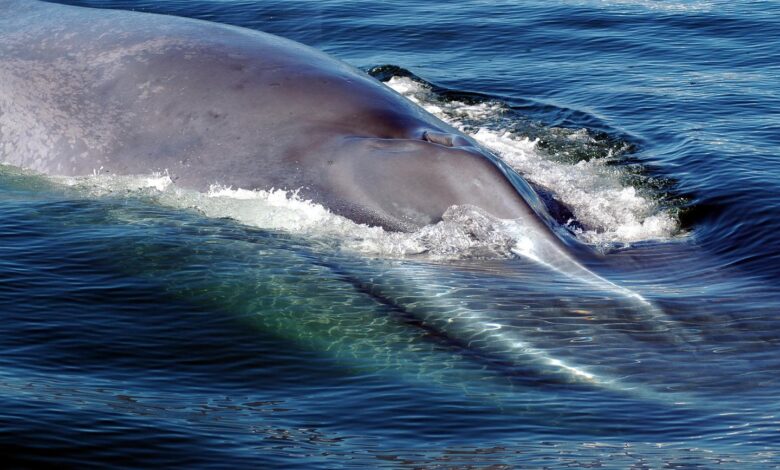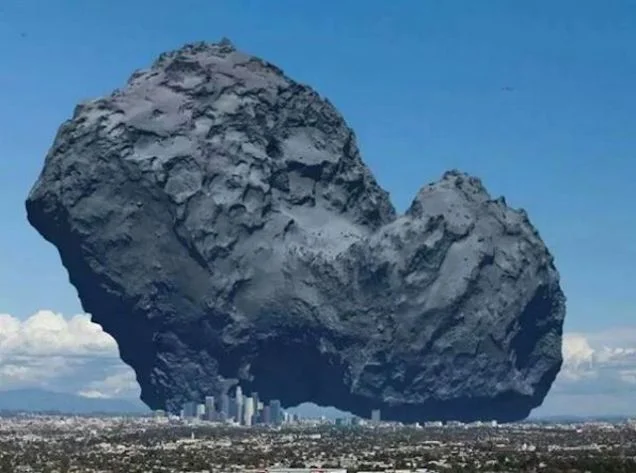The Biggest Thing in the World: Unveiling the Wonders of Gigantic Marvels

Introduction: Why Are We Fascinated by Big Things?
Humans have always been biggest thing in the world captivated by the extraordinary, especially regarding size. From towering skyscrapers to colossal creatures, there’s something inherently thrilling about things that defy our usual sense of scale. But what is it about massive objects that draw us in? Is it their sheer magnitude, their rarity, or the way they challenge our imagination?
Our fascination with big things often stems from an evolutionary instinct to notice and respect the grand and the powerful. Large entities, biggest thing in the world whether natural or man-made, represent strength, dominance, and endurance. Throughout history, civilizations have celebrated size as a symbol of greatness. Think of the Great Pyramid of Giza or the modern-day Burj Khalifa; they’re not just structures—they’re statements.
This article delves into some of the biggest things in the world across various categories. From natural phenomena to human-engineered biggest thing in the world wonders, you’ll discover why these gigantic marvels continue to amaze and inspire us.
The Largest Living Organism: The Humongous Fungus

When people think of the largest living biggest thing in the world organism, they often imagine a blue whale or a towering redwood tree. But the real title-holder is far less conspicuous: a single fungal organism known as Armillaria ostoyae, or the “Humongous Fungus.” Found in Oregon’s Malheur National Forest, this fungal network covers an estimated 2,385 acres (965 hectares) and is over 2,400 years old.
The fungus primarily grows underground, spreading through a network of mycelium—thread-like structures that connect and communicate biggest thing in the world with the forest ecosystem. Above ground, it manifests as clusters of honey mushrooms during certain seasons. While it may not look intimidating, its size and longevity are mind-boggling.
This giant isn’t just fascinating because of its dimensions; it plays a crucial role in the ecosystem. As a decomposer, Armillaria helps recycle nutrients back into the soil. However, it’s also a parasitic fungus that can harm trees, earning it a mixed reputation. Its biggest thing in the world dual nature—life-giver and life-taker—adds to its mystique.
The Tallest Building: Burj Khalifa

When it comes to skyscrapers, the Burj Khalifa in Dubai reigns supreme. Standing at an awe-inspiring 828 meters (2,717 feet), this architectural masterpiece has dominated the skyline since its completion in 2010. It’s not just the impressive height but also the engineering brilliance behind it.
The Burj Khalifa was designed by Skidmore, Owings & Merrill, the same firm behind other iconic structures like the Willis Tower. Its unique “Y”-shaped design maximizes views while enhancing structural stability. The materials used—including reinforced biggest thing in the world concrete and steel—ensure that it can withstand Dubai’s harsh desert climate.
Beyond being a marvel of engineering, the Burj Khalifa is a symbol of human ambition. It houses luxury apartments, offices, and even the world’s biggest thing in the world highest observation deck. The tower embodies Dubai’s transformation from a modest trading hub to a global metropolis, proving that the sky is truly the limit.
The Largest Animal: The Blue Whale
In the animal kingdom, the blue whale holds the title of being the largest creature to have ever biggest thing in the world lived on Earth. Measuring up to 100 feet (30 meters) in length and weighing as much as 200 tons, this marine giant dwarfs even the largest dinosaurs.
Despite their size, blue whales feed on some of the smallest organisms in the ocean: krill. During feeding season, a single whale can consume up to 4 tons of biggest thing in the world krill per day. Their immense appetite and efficient feeding mechanisms highlight the intricate balance of marine ecosystems.
Blue whales are also known for their hauntingly beautiful songs, which can travel thousands of miles underwater. These vocalizations are not just for communication; they’re a testament to the intelligence and complexity of these magnificent creatures.
Sadly, blue whales were pushed to the brink of extinction due to commercial whaling in the 20th century. Today, they’re protected under international law, biggest thing in the world but their populations remain vulnerable due to climate change, ship strikes, and pollution. Their story is a poignant reminder of the need to protect Earth’s giants.
The Largest Tree: General Sherman
In California’s Sequoia National Park stands General Sherman, the largest tree in the world by volume. This giant sequoia measures over 275 feet (84 meters) tall biggest thing in the world and has a trunk volume of approximately 52,500 cubic feet (1,487 cubic meters). Estimated to be around 2,200 years old, General Sherman is a living monument to nature’s resilience and grandeur.
What makes General Sherman extraordinary isn’t just its size but also its longevity. Giant sequoias like this one thrive in a narrow range of conditions—cool, moist climates with well-drained soil. Their thick bark makes them highly resistant to fire, insects, and disease, allowing biggest thing in the world them to grow undisturbed for millennia.
Visiting General Sherman is a humbling experience. Standing at its base, you can’t help but feel a sense of awe and wonder. It’s a reminder of the passage of time and the enduring power of nature.
The Largest Man-Made Reservoir: Lake Volta
Spanning an incredible 8,502 square kilometers (3,275 square miles) in biggest thing in the world Ghana, Lake Volta is the largest man-made reservoir by surface area. Created in 1965 by damming the Volta River, this massive lake plays a crucial role in the region’s economy and ecosystem.
Lake Volta supports hydroelectric power generation, providing electricity to much of Ghana and neighboring countries. It’s also a vital resource for irrigation, fishing, and transportation. The lake’s shoreline communities depend heavily on its bounty, making it a cornerstone of local livelihoods.
However, Lake Volta’s creation came at a significant cost. Over 78,000 people were displaced during its construction, and vast tracts of land were submerged. Today, it’s a symbol of both progress and the complex trade-offs involved in large-scale development projects.
The Biggest Star: UY Scuti
When we look beyond our planet, the scale of “big” takes on a whole new meaning. UY Scuti, a red supergiant located in the constellation Scutum, is one of the largest known stars in the universe. With a radius over 1,700 times that of the Sun, it’s hard to fathom its immense size.
If UY Scuti were placed at the center of our solar system, its outer layers would extend beyond the orbit of Jupiter. Despite its massive size, UY Scuti is relatively lightweight compared to other stars, as it’s nearing the end of its life and has shed much of its mass.
Stars like UY Scuti challenge our understanding of the cosmos. They’re rare, short-lived, and incredibly dynamic, offering a glimpse into the life cycles of celestial giants. Observing them reminds us of the vastness and mystery of the universe.
The Biggest Machine: The Large Hadron Collider
When it comes to human-made machines, the Large Hadron Collider (LHC) takes the crown. Located near Geneva, Switzerland, this particle accelerator stretches 27 kilometers (17 miles) in circumference and delves deep into the fundamental building blocks of the universe.
The LHC is operated by CERN (the European Organization for Nuclear Research) and is best known for its role in discovering the Higgs boson particle in 2012. By smashing particles together at near-light speeds, the LHC allows scientists to explore phenomena that occurred just moments after the Big Bang.
Building and operating such a colossal machine requires international collaboration, cutting-edge technology, and billions of dollars. The LHC is not just a testament to human ingenuity but also a tool for unraveling the mysteries of existence.
Conclusion: Celebrating the World’s Giants
From fungi and whales to stars and machines, the biggest things in the world are more than just superlatives. They represent the extremes of nature and human achievement, reminding us of our place in the grand scheme of things. These giants inspire awe, curiosity, and a profound respect for the world we inhabit.
As we continue to explore and understand these massive marvels, one thing becomes clear: the pursuit of the “biggest” is ultimately a journey of discovery—about the universe and ourselves.



